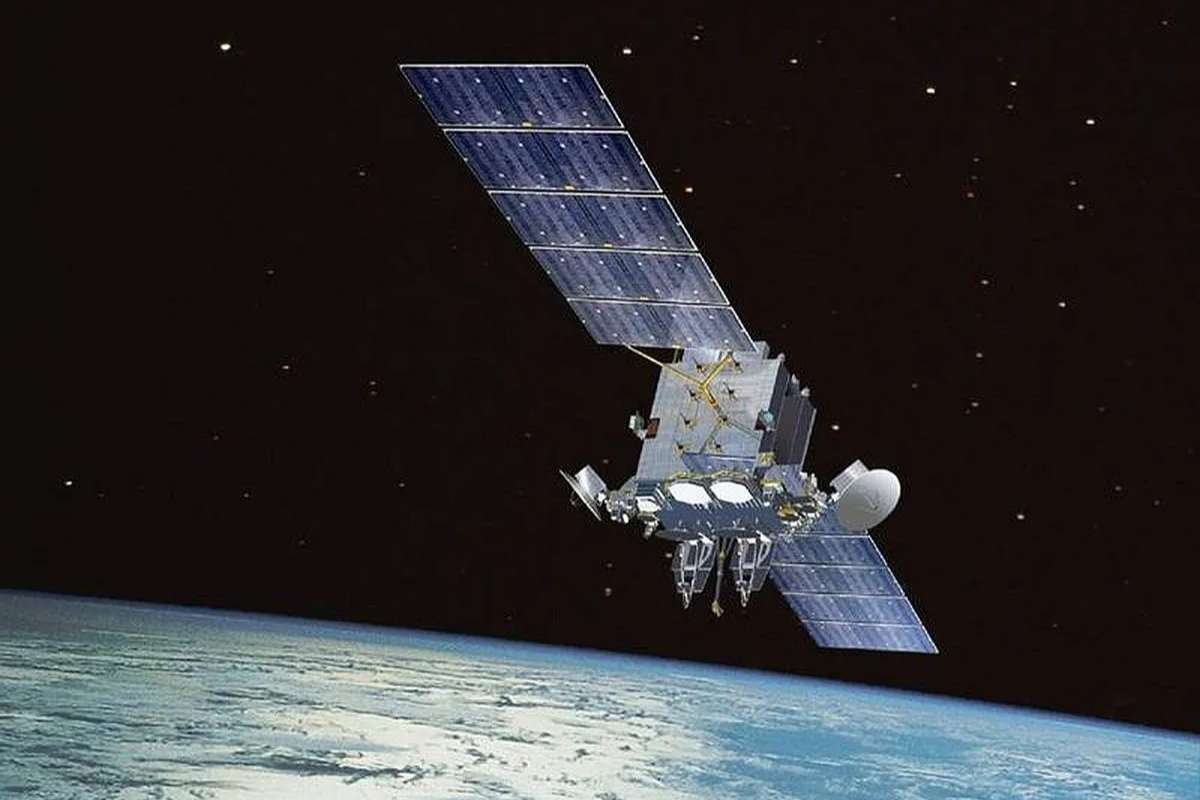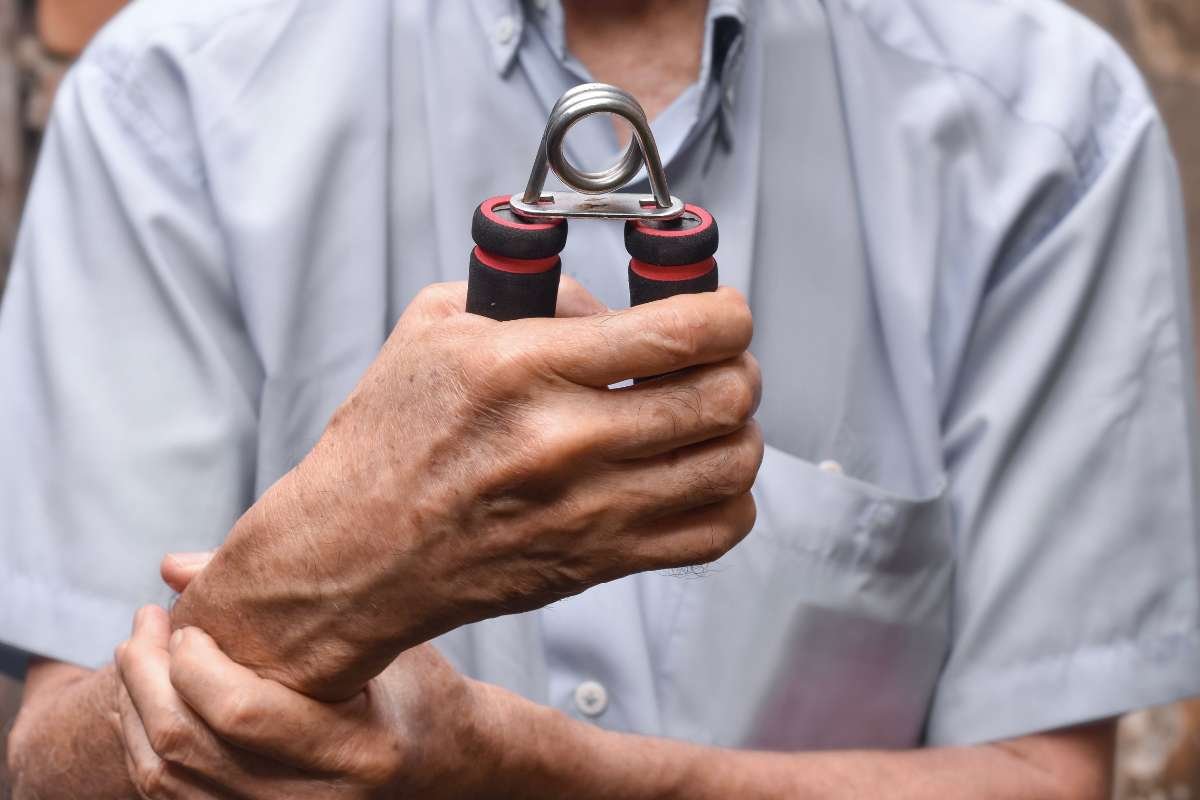Following the lessons learned during Operation Sindoor, the Indian government has decided to expedite the launch of 52 India military satellites aimed at strengthening the country’s border monitoring capabilities. The move is a significant step toward enhancing round-the-clock observation along India’s coastlines and land borders, particularly those shared with China and Pakistan.
The decision comes after Indian defence forces found satellite-based intelligence to be a crucial asset during the operation, helping track drone and missile movements in real time. As part of this initiative, the Cabinet Committee, led by Prime Minister Narendra Modi, had in October last year approved a $3.2 billion budget under the Surveillance-Based Satellite (SBS-III) programme. The Defence Space Agency (DSA) will oversee the functioning of this new system, which is expected to significantly strengthen India’s situational awareness and military preparedness.
Next-Gen Satellites to Feature AI and Advanced Radar Imaging
Under the SBS-III programme, the Indian Space Research Organisation (ISRO) will manufacture and launch the first 21 India military satellites, while private firms have been roped in to develop and deploy the remaining 31. These next-generation satellites are expected to feature state-of-the-art radar imaging technology, capable of functioning effectively in all weather conditions and during both day and night.
A senior official confirmed that the government has asked both ISRO and private partners to fast-track development, with the first batch of satellites likely to be launched by 2026. Notably, these satellites will be equipped with artificial intelligence (AI) systems to assist in real-time data analysis, improve decision-making, and increase overall operational efficiency in space-based surveillance missions.
The Chief of Defence Staff also revealed that a new “military space doctrine” is currently in the works and is expected to be released within the next three months, further solidifying India’s strategic vision in space defence.
A Step Towards Strategic Autonomy and Security in Key Regions
The successful implementation of the SBS-III programme is expected to enhance India’s self-reliance in space-based military intelligence, significantly reducing dependency on foreign satellite networks. According to ISRO Chief V. Narayanan, at least 10 India military satellites are already in operation, actively supporting national security efforts.
During Operation Sindoor, Indian satellites like Cartosat and RISAT played a vital role by helping defence forces confirm strike impacts, monitor troop mobilisations, and maintain real-time situational awareness, ultimately averting major damage to military infrastructure. There were also claims that China extended satellite support to Pakistan during the operation, underscoring the strategic urgency for India to bolster its space-based assets.
The new India military satellites initiative will enhance India’s capacity to closely monitor sensitive areas such as the Line of Actual Control with China, the border with Pakistan, and the vast Indian Ocean Region, making it a pivotal move in securing the nation’s defence interests.







